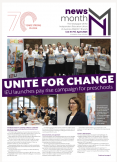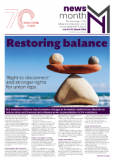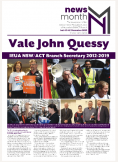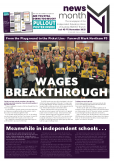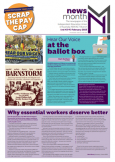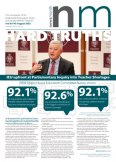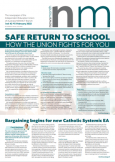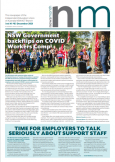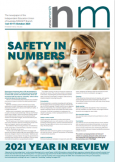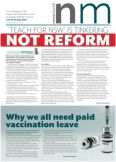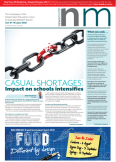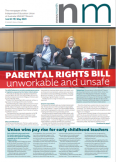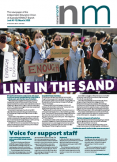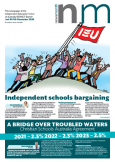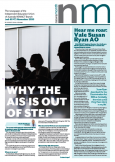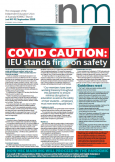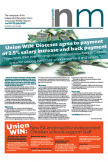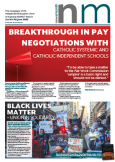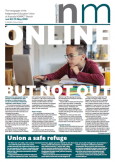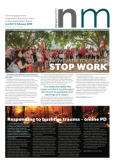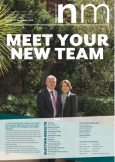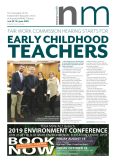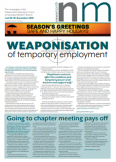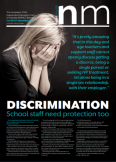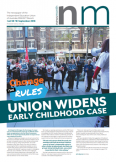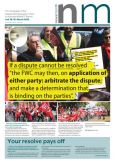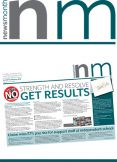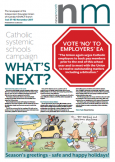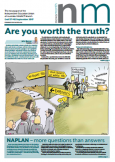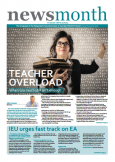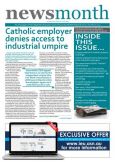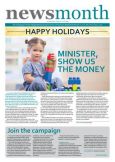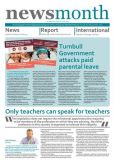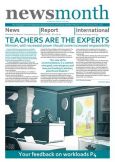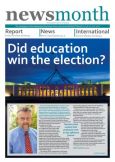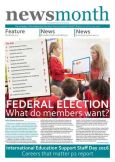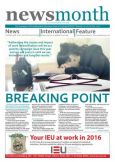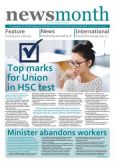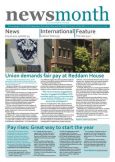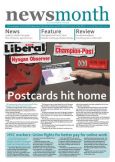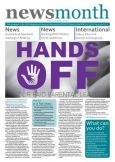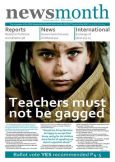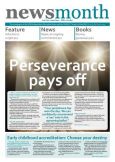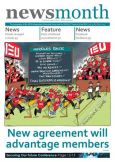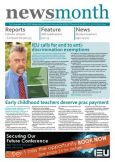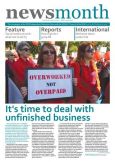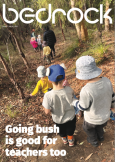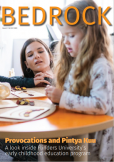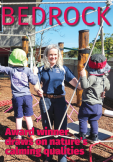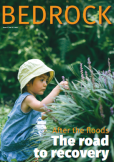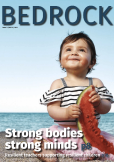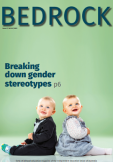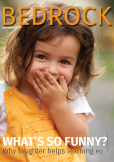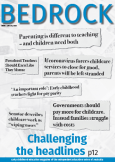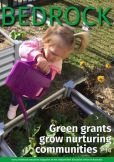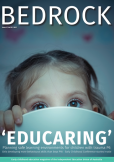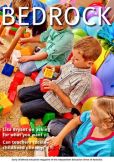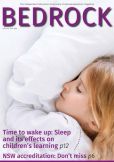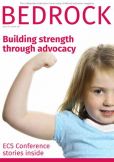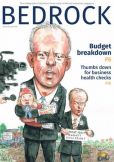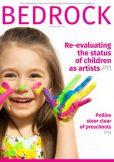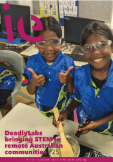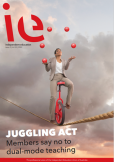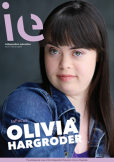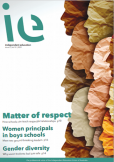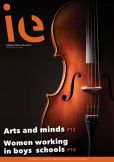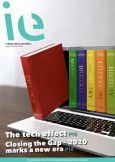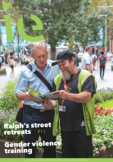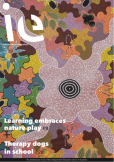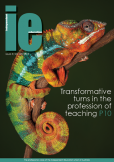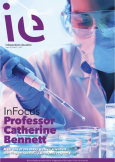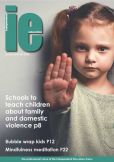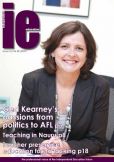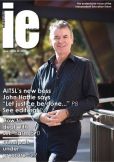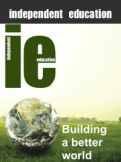
Much is said and written about the importance of resilience, but adaptability is emerging as an area of equal importance, Professor Martin says.
“We can speculate whether adaptability may be activated even more often than resilience. It’s certainly right up there.”
It was the study of resilience that led Professor Martin and his colleagues to realise the significance of adaptability.
“We had been researching young people’s resilience for a few years, in particular young people responding to adversity in their academic lives and how they bounced back from it.
“The further we got into researching that, the more we saw there’s a difference between adversity on the one hand, and change, uncertainty, transition, novelty and variability on the other.”
There is a range of everyday transitions and changes – not necessarily adversities – that students need to adapt to, such as a casual teacher coming in for a day, working in a new group, interacting with different students or moving from proper fractions to improper fractions.
“The well-rounded student is able to deal with adversity but, just as importantly, they are able to deal with change and have the ability to transition when it comes along. “That’s what makes for an adaptable child and young person,” Professor Martin says.
Professor Martin was among researchers from the University of Sydney’s Faculty of Education and Social Work collected data on young people’s adaptability from almost 1000 independent and Catholic systemic schools in 2010 and 2011. They have continued to collect notational and international since then.
The study showed how adaptable students were more likely to report greater life satisfaction, and a greater sense of meaning and purpose in their lives. It also revealed four major parts of young people’s adaptability:
- ability to adjust thinking in uncertain or changing situations
- ability to adjust behaviour when something new or different arises
- ability to adjust emotions, and
- ability to focus on what one can control in a situation.
Andrew says there are a number of ways that teachers can encourage students to be adaptable in scenarios such as going on a camp or starting high school.
“Teachers might encourage students to adjust their behaviour when they are about to start with a new set of people so that they listen and avoid jumping in too early, to listen to other ideas, to wait their turn to start contributing thoughts on the situation and to cooperate.
“Adjusting one’s thinking might mean adjusting expectations or attitudes regarding a particular situation.
“They might encourage students to see the upside of a new situation. For example, working with different students may give them the chance to make new friends and learn something about someone else.
“In terms of emotion, they might be disappointed they are not in the same group their friends are in so they may need to manage that disappointment, fear or even their excitement. If it’s the latter they might be encouraged not to get silly or overreach and dominate the situation.”
The findings of the study also suggest there is a role for teachers in encouraging students to focus on what they can control in a situation, and not so much on the things outside their control.
“What they can control is their effort, strategy – the quality of their effort – and their attitude about situations,” Professor Martin says.
“We can discourage thinking about what they can’t control, such as good or bad luck, the task, or other people’s attitudes. Diminishing what can’t be controlled can also be a good way of helping them adapt to a situation.”
The fifth major area where teachers come in is in maintaining good, functional, respectful working relationships between teachers and their students, he says.
“The extent to which students will be receptive to teachers’ advice, encouragement and guidance on how to adapt will very much depend on the quality of their relationship with their teachers.
“In this way a teacher knows enough about students to know how to get things done, how to individualise, when to push and when to back off and what examples and scenarios to use.
“Having said this, we need to know a lot about some students – such as learning difficulties, home life, how things travelled last year and what worked for other teachers.”
Professor Martin says some teachers and principals have indicated that a teacher’s ability to guide and encourage adaptability can also depend on the teacher’s capacity to be adaptable. He says this too, can be developed.
“The best place to start is through self-reflection – by asking ‘Where am I on the scale?’ and ‘How do I handle new situations?’. Sometimes that self-reflection is important even just to understand how hard it is.”
Self-review might also provide teachers with appropriate scenarios to share about how they faced change in their own schooling or sporting activities
“There is a lot of evidence to show that children, young people and adults can change their thinking about a situation. They can change their behaviour and they can attend to how they feel about it. They can focus a bit more on what they can control and they can focus less on what is out of their control. We can learn to be adaptable.
“Later in life what we do know is that there are lots of things we educate our students for that will be irrelevant, outdated or will not even exist by the time they reach adulthood,” he says.
“But the one thing we can be sure of is that things will change in their lives and maybe even more rapidly than it does now, so this is a guaranteed investment.”
Adaptability: How students’ responses to uncertainty and novelty predict their academic and non-academic outcomes (published in the Journal of Educational Psychology, Vol 105(3) Aug 2013) was conducted by Professor Andrew Martin (lead author), Mr Harry Nejad, Dr Susan Colmar and Dr Gregory Liem from the University of Sydney’s Faculty of Education and Social Work.



